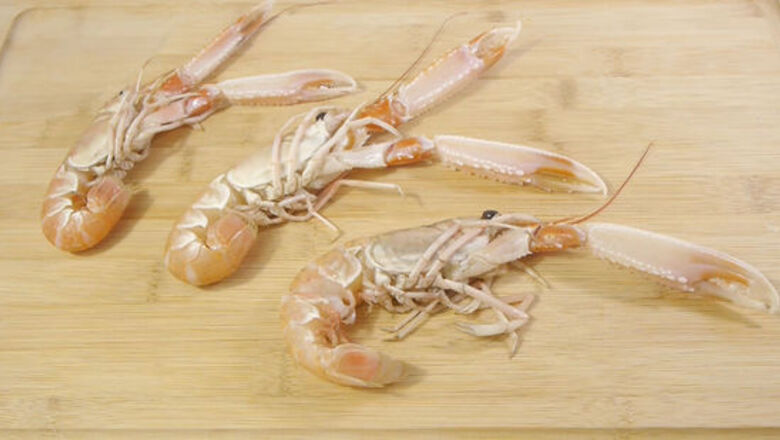
views
X
Research source
They're similar to lobsters, but a lot smaller, and different from crawfish because they live in saltwater instead of freshwater.[2]
X
Research source
There are several, more complex restaurant-style ways to prepare langoustine, but the most simple is to boil them and then remove their shells to get to the delicious meat inside.
Boiling the Langoustines
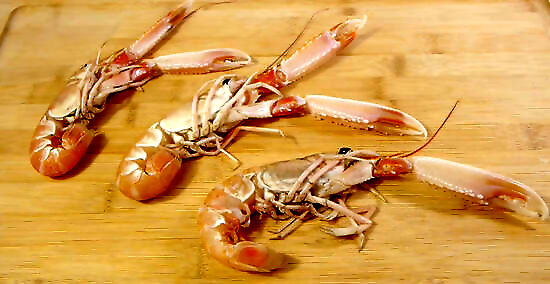
Place live langoustines in the freezer for 20 minutes to kill them. You can skip this step if you bought frozen langoustines. However, if you purchased live langoustines, you will need to make sure that they are not alive. The most humane way to do this is to leave them in the freezer for 20 minutes before cooking. If you're not going to cook your langoustines right away, after killing them in the freezer you can keep them under a damp cloth in a refrigerator for 2-3 days.
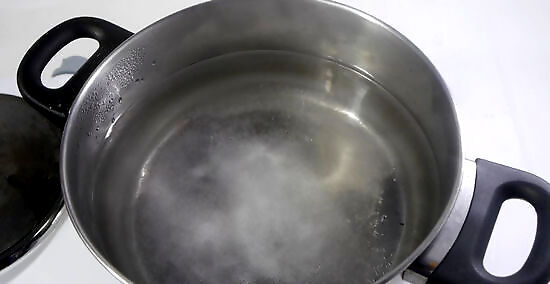
Bring a large pot of heavily salted water to boil. Use a larger stock or soup pot to maximize how many langoustines you can fit. You're also going to want to use a lot of salt — about 14.8 mL (1.00 US tbsp) of salt per 3.79 L (1.00 US gal) of water. It should essentially be like the salty ocean in your pot.
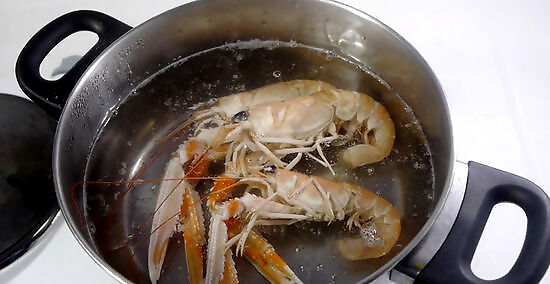
Place the langoustines in the boiling water for 3-4 minutes. Don't overcrowd the pot — you can cook them in batches (perhaps 3-4 at a time) to avoid this! Be careful not to overcook them as well. Langoustines' shells are naturally pinkish-orange in color, but this should change into an even paler pink upon cooking.
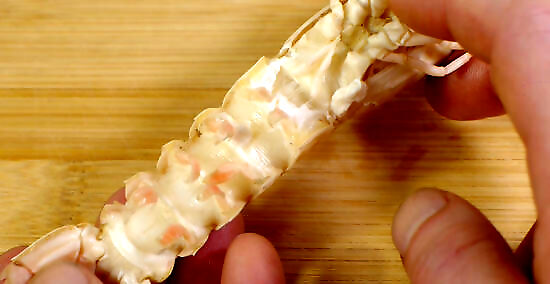
Inspect the meat under the tail to see if it is cooked. You can see this meat on the bottom of the tail through the clearish membrane that covers it. If it has changed color from a pale pink color to a definite white, then you know that the langoustines are done.
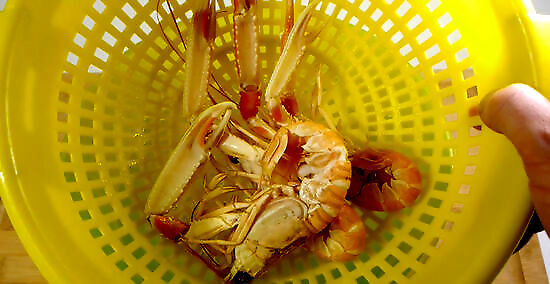
Drain the water and let the langoustines cool on a tray. Use a colander to drain them, then set them aside and wait for them to cool. Don't submerge them in cold water to cool, as the langoustines will absorb this water.
Peeling the Shells
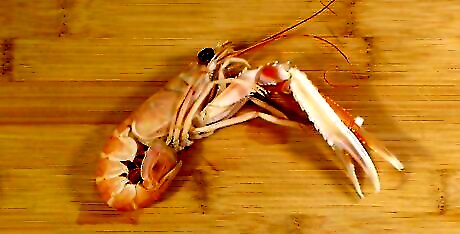
Lay the langoustines out on a cutting board. It's easiest to work on a cutting board so you can separate the edible meat from the inedible shells. Always double-check that your cutting board is clean.
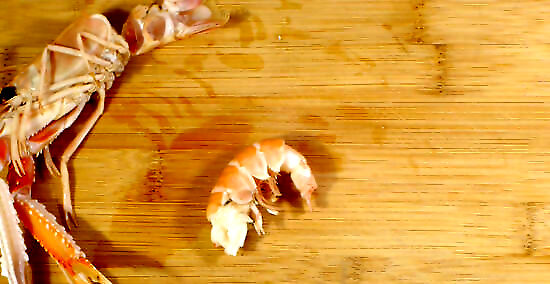
Break off the langoustine's tail. Start by gripping the langoustine with 2 hands — one holding the head and the other holding the tail. Separate these two parts of the body by pulling in opposite directions. You may need to wiggle the tail a little bit to pull it loose. Set the head aside. If you like, you can use the head and any other uneaten parts of the langoustine to make soup at a later time.
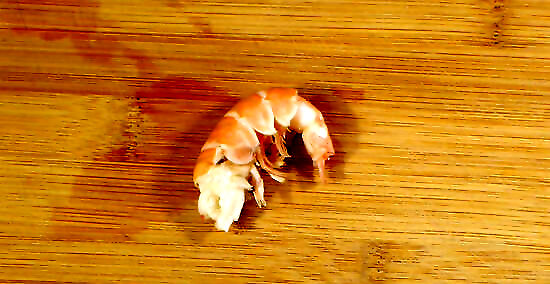
Separate the meat from the shell of the tail. The majority of the meat is inside the shell of the tail. Pinch the sides of the shell to crack the shell and make it easier to pull away from the meat. Then, grip the tail length-wise between both index fingers and thumbs and gently pull the shell away from the flesh. Once it's thoroughly loosened, pull the flesh out from the back of the shell. You can also use a pair of kitchen scissors to cut through the back of the shell, making it easier to pull away from the meat.
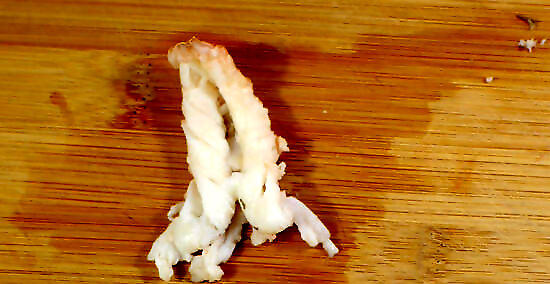
Devein the tails with a knife. Slice through the back of the langoustine tail with a small sharp knife to reveal the intestinal tract, which looks like a small white/brown vein. Remove it with the tip of your knife.
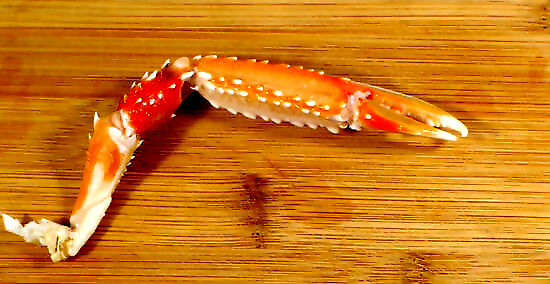
Extract the meat from the claws. It's easy to forget that langoustines have a lot of meat in their large claws! Break off the thin tip of the claw and insert it inside the larger, forearm part of the claw and use it as a hook to pull out the meat. Use it just like you would a toothpick!
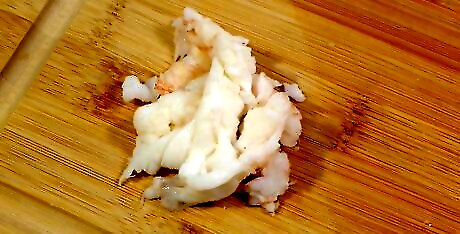
Serve the meat or use it in your chosen recipe. It's safe to eat the langoustine meat now, or you can incorporate it into a more complicated recipe. On average, 10-15 langoustines will serve about 4 people.












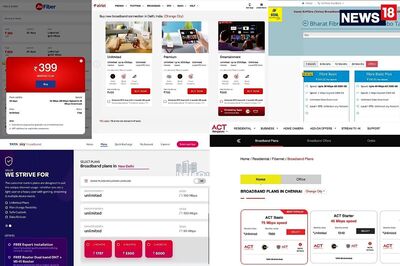





Comments
0 comment